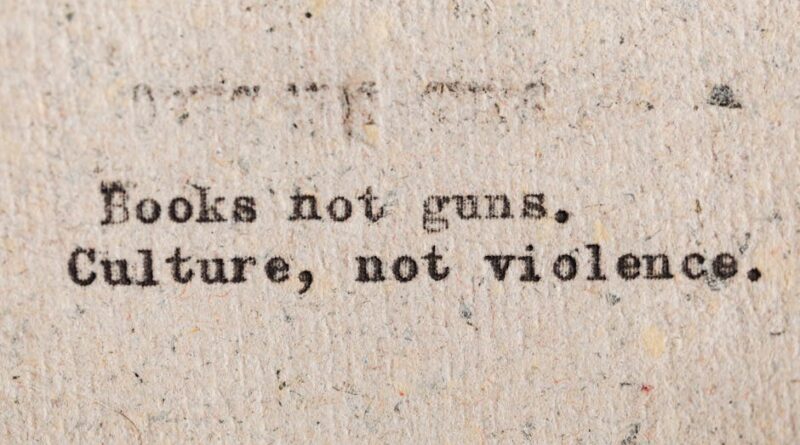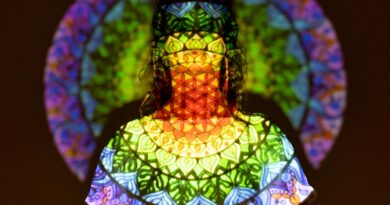Art Creations: Expression Beyond Words
Have you ever looked at a painting and felt a wave of emotions? Art has a unique way of speaking to us without uttering a single word. Through colors, shapes, and textures, artists express what sometimes can’t be said. This article dives into the world of art, exploring how it communicates feelings and ideas.
What Makes Art So Powerful?
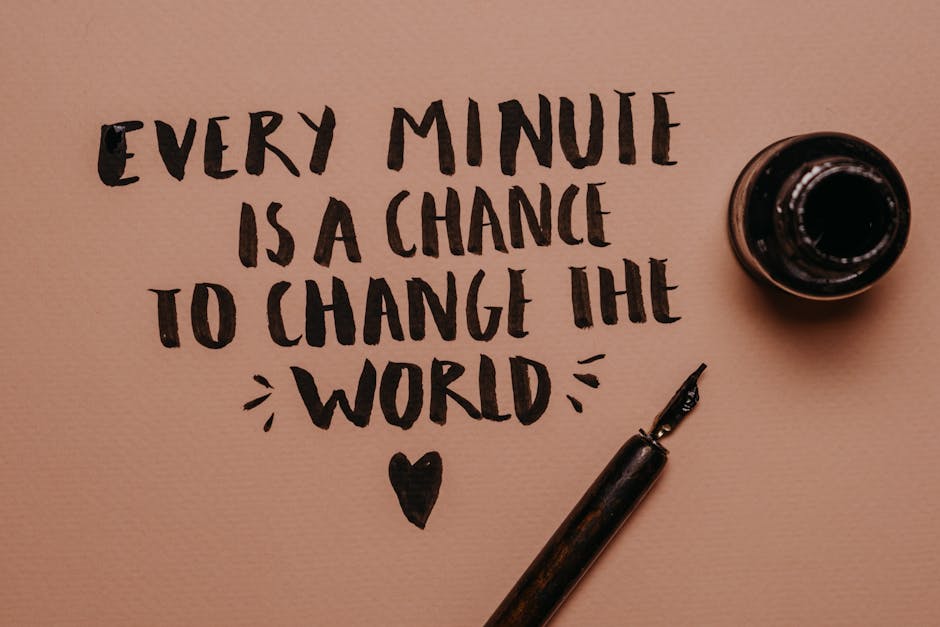
Art can evoke emotions in ways that words often can’t. Think about a song that makes you cry or a movie that fills you with joy. Art captures moments and feelings, creating a bridge between the artist and the viewer.
According to a study by the University of California, looking at art can even lower stress levels. This shows that art is not just about beauty; it’s a form of communication that can affect our well-being.
How Does Art Communicate?
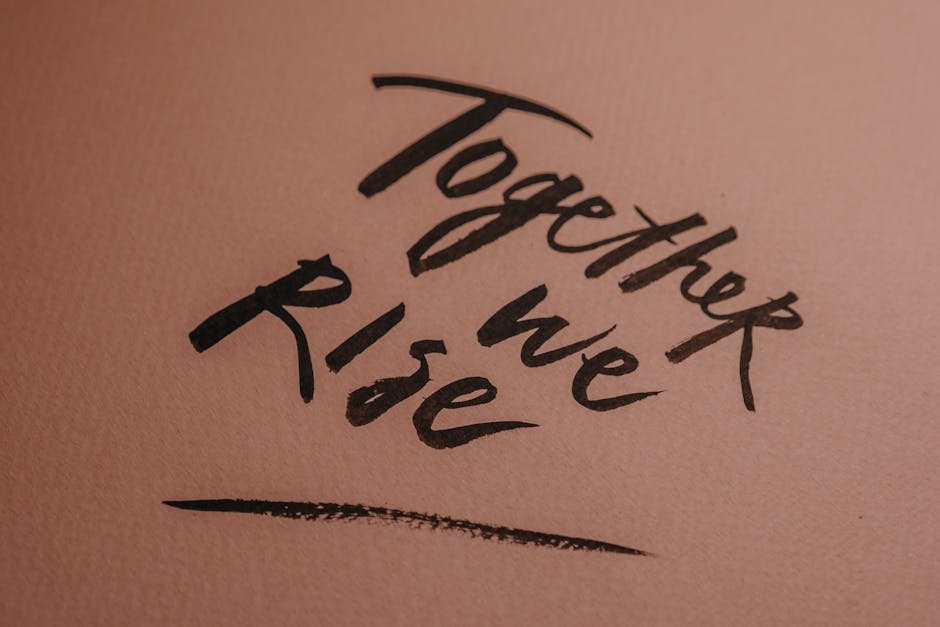
Art speaks through various mediumspaintings, sculptures, music, dance, and even digital creations. Each form has its own language.
- Visual Art: Paintings and sculptures use colors and shapes. For example, a bright painting can create feelings of happiness.
- Music: Notes and rhythms can express sorrow or joy. An upbeat song can lift your spirits, while a slow melody can make you reflect.
- Dance: Movement tells stories. A dancer’s grace can portray love, while sharp, quick movements can express anger.
Think about how you feel when you hear your favorite song. Music often captures the emotions we can’t quite express ourselves. This is the magic of art.
What Are the Different Types of Art?
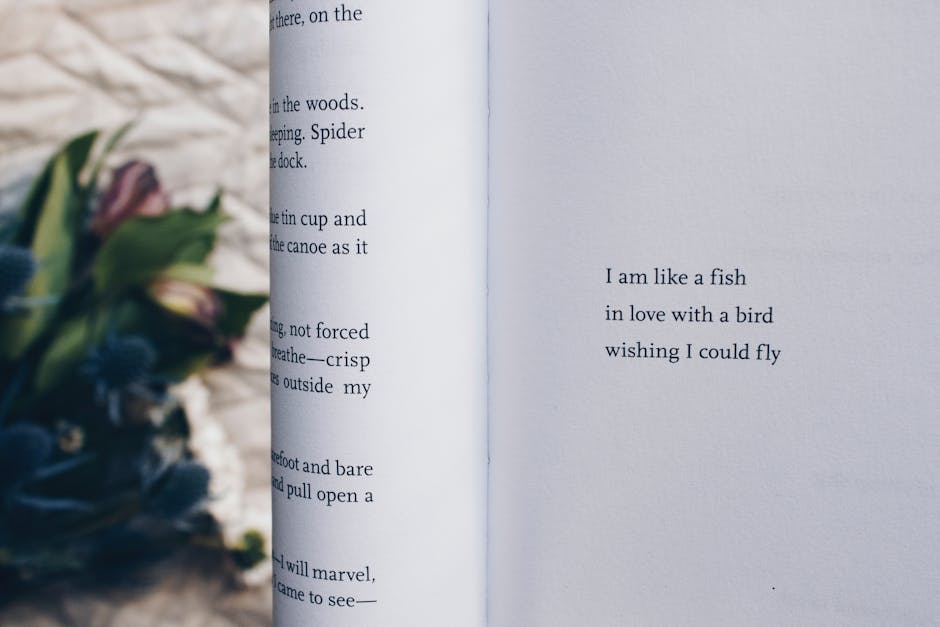
Art comes in many forms. Each type offers a different way to express thoughts and feelings. Lets look at a few popular ones:
- Painting: Artists use brushes and colors to create images. Famous painters like Van Gogh and Picasso each have unique styles.
- Sculpture: This three-dimensional art form uses materials like clay or metal. Think of famous statues like David by Michelangelo.
- Photography: A single photo can tell a story. Great photographers capture moments that resonate with people.
- Literature: Books and poetry express thoughts through words. Think about how a novel can take you on an emotional journey.
Each type of art connects with us differently, but all share a common goal: to communicate emotions and ideas.
Why is Art Important in Our Lives?
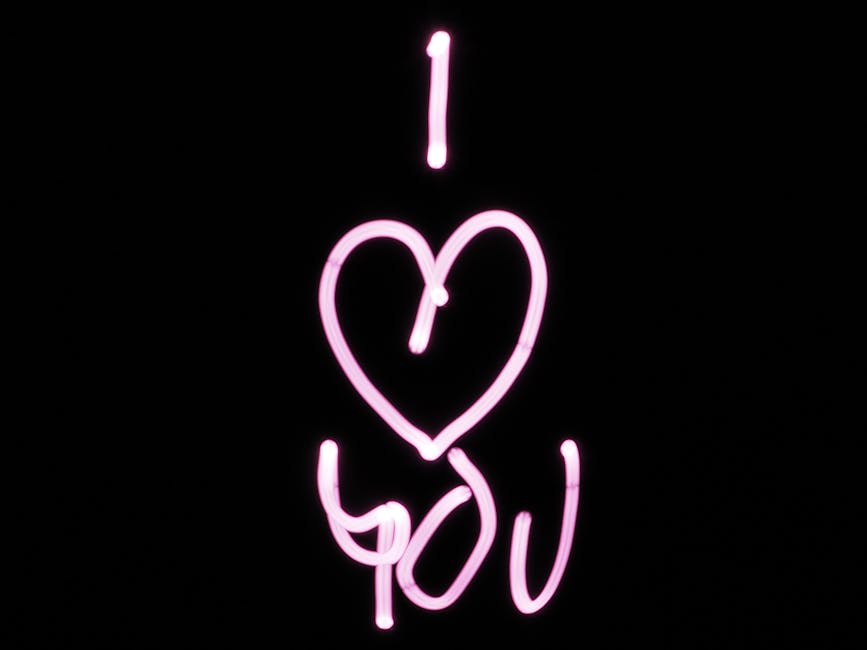
Art plays a vital role in society. It shapes culture and reflects our values. Here are some reasons why art matters:
- Encourages Creativity: Engaging with art inspires original thinking. It can spark new ideas in all areas of life.
- Builds Community: Art brings people together. Local art festivals and galleries foster connection and collaboration.
- Preserves History: Art can tell the story of a culture or time period. Think of how ancient pottery or cave paintings give us insight into past lives.
Through art, we can learn more about ourselves and the world around us. It is a window into different cultures and perspectives.
Can Art Help Us Heal?
Many people find comfort and healing through art. Whether it’s creating or simply enjoying it, art can be therapeutic. Art therapy, for instance, is a recognized practice to help individuals express feelings and cope with challenges.
Research shows that engaging with art can improve mental health. It provides a safe space to explore emotions. Many therapists recommend art as a way to cope with anxiety, depression, or trauma.
How Can You Get Involved with Art?
Getting involved with art doesnt mean you need to be a professional artist. Here are some simple ways to explore and enjoy art:
- Visit Local Galleries: Take a stroll through local art exhibits. You might discover new artists and styles that resonate with you.
- Take an Art Class: Whether it’s painting, pottery, or photography, classes can help you express yourself creatively.
- Join a Community Group: Many cities have art clubs or groups that welcome newcomers. it’s a great way to meet others who share your interest.
- Create at Home: You don’t need fancy supplies. Grab some paper and colored pencils and start doodling. it’s about the process, not the product.
Art is for everyone, and there are no right or wrong ways to create or enjoy it.
What Are Some Common Misconceptions About Art?
Many people have myths about art that can hold them back. Lets clarify a few:
- You Need Talent: Many believe that only talented people can create art. In reality, everyone can express themselves through art.
- Art is Only for the Elite: Some think art is only for wealthy individuals. This is far from the truthart is everywhere!
- It Has to Be Perfect: Theres no such thing as perfect art. What matters is the feelings and ideas you express.
Understanding these misconceptions can help you appreciate art more fully.
What Are the Future Trends in Art?
The world of art is always evolving. Here are some trends to watch:
- Digital Art: With technology advancing, digital creations are gaining popularity. Artists use software to create stunning visuals.
- Environmental Art: More artists are focusing on sustainability. They use recycled materials or create pieces that promote environmental awareness.
- Interactive Art: Many artists are making their work more engaging. This includes installations where viewers can participate.
These trends reflect changes in society and the way we experience art.
Where Can You Learn More About Art?
If you want to dive deeper into the world of art, there are many resources available. Websites like Artsy offer a wealth of information on artists, exhibitions, and trends.
Books, podcasts, and online courses can also enhance your understanding. Engage with art through various mediums and find what resonates with you.
Final Thoughts: Art is for Everyone
Art is a beautiful form of expression that transcends language. It connects us, heals us, and inspires us. Whether you’re an artist or simply an admirer, remember that art is for everyone. Embrace it, explore it, and let it speak to you.
So, the next time you see a piece of art, take a moment to feel it’s message. What emotions does it stir? How does it speak to your experiences? These are the questions that make art a powerful force in our lives.
Explore art in your community or create your own. You might find that it enriches your life in ways you never expected.
